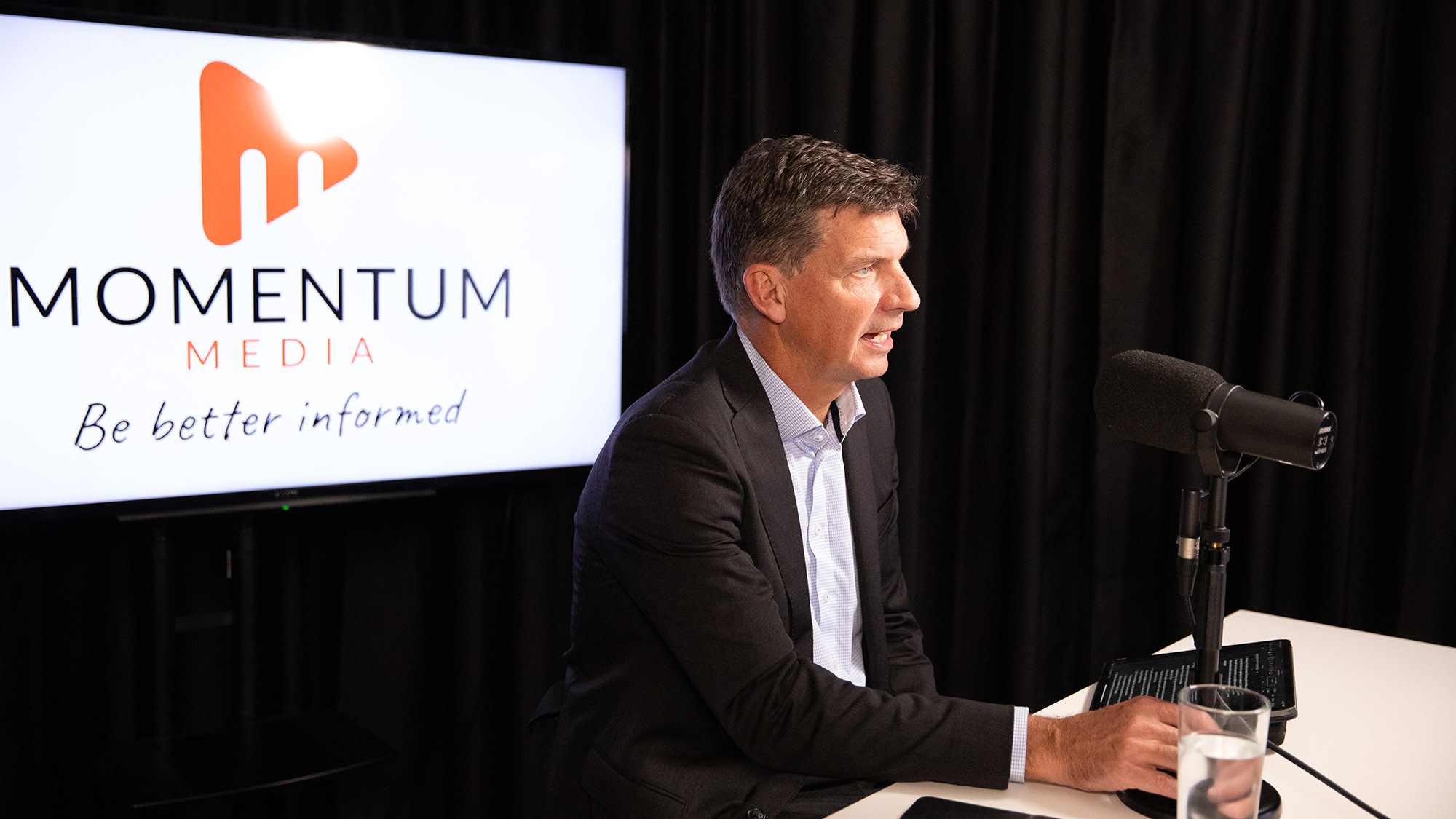Exploring the consolidation of the retirement savings industry
The Australian Prudential Regulation Authority (APRA) in mid-October published a highly significant fact relating to corporate superannuation funds in Australia.
It said that net contributions to superannuation funds (contributions plus net rollovers less benefit payments) totalled $12.9 billion in the June quarter and that industry, public sector and retail funds had all recorded positive net contributions.
In contrast, APRA said: “Corporate funds recorded negative net contributions, primarily due to large outward rollovers from the sector.”
While it is early days with respect to the implementation of choice of superannuation fund in Australia, there is now plenty of anecdotal evidence to suggest that ‘choice’, when combined with trustee licensing and a tougher regulatory environment, will see corporate funds remain in negative territory.
The Australian superannuation industry has been consolidating for most of the past 10 years and while that consolidation has affected all types of funds there can be no doubting that it has been corporate superannuation funds that have felt the greatest impact.
The changing face of the industry was, in fact, highlighted by the deputy chairman of APRA, Ross Jones, in a speech at a recent international seminar held in China.
Jones said that the most significant feature of the superannuation industry structure in Australia had been the rapid consolidation in the number of funds.
“Over a 10 year period the number of funds has fallen from over 5,000 to less than 1,200, and we expect [this number to full to] around 400 to 450 funds by 30 June, 2006,” he said.
Jones noted that, at the same time, the volume of superannuation savings had more than tripled.
“Factors that are significant in the consolidation of the industry in terms of number of funds include increased cost of compliance requirements, increased prudential requirements such as licensing, and commencement of choice of fund,” he said.
Looking at trustee licensing, Jones said that members of funds were “increasingly reluctant to volunteer for what had become essentially a professional role”.
“Employer sponsors are becoming more reluctant to involve themselves in the operation of an in-house scheme, and the benefits of economies of scale become more significant in a competitive investment market, so funds are starting to merge and consolidate,” he said.
Jones said the disengagement of employers had also seen a decline in defined benefit funds, and the vast majority of funds in Australia were now defined contribution funds with commercially insured death and disability benefits.
“As superannuation savings have increased, other traditional forms of saving have not kept pace,” he said. “To ensure it maintains its position in the savings and investment markets, the banking sector has moved to establish or acquire funds management or wealth management businesses, with the result that industry downstream of the superannuation funds is also consolidating.”
Jones’ summation of the consolidation of the Australian superannuation industry and the events that have generated that consolidation has been backed by Chant West principal Warren Chant, who said there was no question that the superannuation trustee licensing issue had caused many corporate superannuation funds to question whether they wanted to continue in their present form.
“It has prompted people to sit down and ask whether they really want to be in the business,” he said.
Chant believes that the outsourcing of corporate superannuation is likely to continue, even though there has been a recent lull caused, in part, by funds examining the licensing question.
“The funds are looking at their options and wondering whether they should ultimately take a step down that route,” he said.
Rice Walker principal Michael Rice agreed in a recently published article that the major drivers of consolidation were choice of fund and trustee licensing.
What is more, Rice suggested that the consolidation might not be entirely good for the superannuation industry, pointing out that once companies decided to outsource it is a decision that is rarely, if ever, capable of being reversed.
“People often ask at what size a corporate fund remains financially viable,” he said. “Well this simply depends on the amount of subsidy that a company is prepared to pay.”
“The reality is that all companies could save money by outsourcing,” Rice said.
Recommended for you
In this episode of Relative Return, host Maja Garaca Djurdjevic is joined by shadow treasurer Angus Taylor to discuss the current state of the financial advice sector, the economy, the housing affordability crisis and more.
In this episode of Relative Return, host Laura Dew speaks with Andrew Mitchell, director and senior portfolio manager at Ophir Asset Management, about why he loves working in fund management and the lessons he’s learnt in a decade of running a firm.
In this episode of Relative Return, host Laura Dew speaks with Blackwattle Investment Partners managing director and chief investment officer, Michael Skinner, about setting up an asset manager and what he looks for in an investment team.
In this special episode of Relative Return, Momentum Media’s Phil Tarrant and Jordan Coleman discuss the publishing house’s expansion into greater coverage of the wealth management space.














